Please welcome my guest author today, Jacqueline Jules, whose book, Pluto is Peeved: An Ex-Planet Searches for Answers inspired this STEM book list. We are giving away a copy of Pluto is Peeved. Please fill out the Rafflecopter at the bottom to enter.
Pluto is Peeved: An Ex-Planet Searches for Answers by Jacqueline Jules, illustrated by Dave Roman
Pluto is peeved. And who can blame him? He was proud to be a member of the solar system’s nine planets, until Poof!, he was kicked out—and no one told him why. Now Pluto is on a mission to find out why he was expelled. While traveling through the science museum, he meets Earth, some wild-and-crazy germs, and a friendly dinosaur. It turns out that Pluto is not the only one whose life has been turned upside down by scientific discoveries. Illustrated in a comic book style, Pluto is Peeved! is a lively exploration of the scientific method, as seen through the eyes of one no-longer-angry ex-planet. [picture book, ages 6 and up]
Why did the International Astronomical Union reconsider Pluto’s status in 2006? They had a very exciting reason! Another round orbiting body had been found in the Kuiper Belt. This discovery prompted scientists to ask an important question. Would every orbiting sphere be considered a planet? The discussion led to a formal definition of the term “planet” and a new classification for Pluto, who had been considered the ninth planet in our solar system for over seventy years. Scientists are always asking questions. That’s how they learn new things. And in the process, they unlock mysteries and expand our understanding of the world. Here is a STEM list of books about scientific minds and methods from several scientific disciplines. I hope they will inspire budding scientists to passionately pursue their questions and make discoveries of their own one day.
STEM Books on Scientific Minds, Methods, & Discovery
On a Beam of Light: A Story of Albert Einstein by Jennifer Berne, illustrated by Vladimir Radunsky
This engaging picture book not only shares the blossoming of a brilliant mind but shows how curiosity and imagination are the essences of intelligence. Berne and Radunsky paint a loving portrait of the socially awkward child who grew up to develop the ideas which ultimately helped us build spaceships and satellites. [picture book biography, ages 4 and up]
Ibn al-Haytham: The Man Who Discovered How We See by Libby Romero
This National Geographic Kids Level 3 Reader gives us a chance to meet an Arab scholar many people should know more about. Ibn al-Haytham, a great thinker from medieval times, tested his ideas about eyesight extensively. He wrote the Book of Optics, a work many see as the first written presentation of the scientific method. [nonfiction easy reader, ages 6 and up]
Boy, Were We Wrong About the Solar System! by Kathleen Kudlinski, illustrated by John Rocco
Our knowledge of the solar system has improved drastically since our ancestors first looked up at the sky and incorrectly concluded that the sun revolved around a stationary Earth. Kudlinski’s clever approach emphasizes scientific advances and how ideas have changed over the centuries. The other books in this series are also recommended: Boy, Were We Wrong About Dinosaurs!, Boy, Were We Wrong About the Weather!, Boy, Were We Wrong About the Human Body! [nonfiction picture book, ages 5 and up]
How Benjamin Franklin Stole the Lightning by Rosalyn Schanzer
Remember when we didn’t understand how electricity worked? Benjamin Franklin’s experiments with electricity made people’s lives safer and improved our understanding of an energy form we now depend on for almost everything. Schanzer’s entertaining text and illustrations focus on Franklin’s many accomplishments as a scientist and inventor. [nonfiction picture book, ages 6 and up]
Lives of the Scientists: Experiments, Explosions, (And What the Neighbors Thought) by Kathleen Krull, illustrated by Kathryn Hewitt
Did you know that a woman named Grace Hopper pioneered computer science and developed COBOL, a widely-used programming language? Marie Curie, the woman who discovered radium and the winner of two Nobel Prizes was quoted as saying, “Be less curious about people and more curious about ideas.” In this collective biography, Krull reveals the major achievements and quirks of twenty scientists from diverse backgrounds. [nonfiction biography chapter book, ages 10 and up]
Mission to Pluto: The First Visit to an Ice Dwarf and the Kuiper Belt by Mary Kay Carson, photographs by Tom Uhlman
Carson’s compelling narrative provides a look at the team of scientists, including several women, who executed the first mission to explore the Kuiper Belt. The New Horizons spacecraft is scheduled to keep making discoveries until 2030. In the meantime, it has revealed, among other things, that Pluto is a geologically active world with fascinating landscapes. Photographs from mission control give the reader a sense of the emotional response as scientists see a long-awaited project succeed. [nonfiction chapter book, ages 10 and up]
Black Holes by James Roland
How do scientists test theories about the universe? With clear text and numerous pictures, this book explains the development of ideas from Albert Einstein to Stephen Hawking, describing many of the instruments used to study data. Young readers will come away understanding why knowledge about black holes has changed so much and why it may continue to do so. [nonfiction chapter book, ages 9 and up]
Citizen Scientists by Loree Griffin Burns, photographs by Ellen Harasimowicz
Did you think only grown-ups could do scientific research? Think again. With dynamic photographs of kids in action, this book describes several ongoing projects in which volunteers collect data for scientists to study. Scientists need help to count the number of birds native to particular areas. And they certainly can’t tag every Monarch butterfly flying to Mexico. Young readers will be inspired to know that citizen scientists (some of them kids) provide valuable information about a variety of creatures in the wild. [nonfiction chapter book, ages 8 and up]
More STEM Books on Scientific Methods & Discovery!
What Will I Discover by Tanya Lloyd Kyi, illustrated by Rachel Qiuqi
A child notices that scientists have made many, many discoveries about our natural world, from the animals and how they live to the planet Mars in outer space. It might seem like scientists already know everything, but then the little girl ponders her own questions that are unanswered and waiting for her to make her own discoveries. [picture book, ages 3 and up]
Super Small: Miniature Marvels of the Natural World by Tiffany Stone, illustrated by Ashley Spires
Rhyming stanzas describe very small creatures from mites to axolotls to insects and more. Each page also had a graphic novel panel showcasing the creatures’ superpowers! Lighthearted illustrations make this a fun read! [nonfiction picture book, ages 4 and up]
 Big Bangs and Black Holes: A Graphic Novel Guide to the Universe by Jérémie Francfort, illustrated by Herji, translated by Jeffrey K. Butt
Big Bangs and Black Holes: A Graphic Novel Guide to the Universe by Jérémie Francfort, illustrated by Herji, translated by Jeffrey K. Butt
Nobel Prize Laureate Michel Mayor contributes his insights on the discoveries from the 20th century including the theory of relativity, that the universe is still expanding, black holes, dark matter, and gravitational waves from long ago and far away. Even though these physics concepts are explained in a graphic novel format, I still find them a little confusing to understand. Still, a reader with a deep interest in cosmology will appreciate this summary of the History of Science, with up-to-date information on where the scientific community stands now with regard to recent discoveries. [nonfiction graphic novel, ages 13 and up]
What’s Wild Outside Your Door? Discovering Nature in the City by Peter Wohlleben
Use this book as a summer STEM activity and guidebook. You don’t need to go far! There is plenty to explore right outside your door, even if you live in the city. This book combines interesting narratives with photos, experiments, and observations to emulate. [nonfiction activity and guidebook, ages 8 and up]
Pluto is Peeved GIVEAWAY!
We are giving away a copy of Pluto is Peeved. Please fill out the Rafflecopter below to enter. We can only ship to U.S. addresses.
Jacqueline Jules is the award-winning author of 40 children’s books, including the Zapato Power series, the Sofia Martinez series, Unite or Die: How Thirteen States Became a Nation, Duck for Turkey Day, Never Say a Mean Word Again, Feathers for Peacock, The Hardest Word, and Pluto is Peeved. Also a poet, Jacqueline is the author of three poetry books. Her poems have appeared in over 100 publications, including Cricket, Cicada, Germ Magazine, YARN, The Poetry Friday Anthologies, and One Minute Till Bedtime. She lives in Northern Virginia, just outside Washington, D.C. Visit her at her website at www.jacquelinejules.com or connect with her on Twitter @jacquelinejules.
To examine any book more closely at Amazon, please click on image of book.
As an Amazon Associate, I earn from qualifying purchases.
p.s. Related posts:
31+ STEM Books to Inspire Girls
Great STEM Picture Books paired with Fun Activities
5 STEM Picture Books Celebrating Differences
Earth Sciences STEM Picture Books
Top 10 STEM Bird Books for Bird-Watching Kids
Top 10 STEM Expository Nonfiction Picture Books
14 Autumn Picture Books with STEM and Diversity
To examine any book more closely at Amazon, please click on image of book.
As an Amazon Associate, I earn from qualifying purchases.
Follow PragmaticMom’s board Multicultural Books for Kids on Pinterest.
Follow PragmaticMom’s board Children’s Book Activities on Pinterest.
My books:
Amazon / Signed or Inscribed by Me
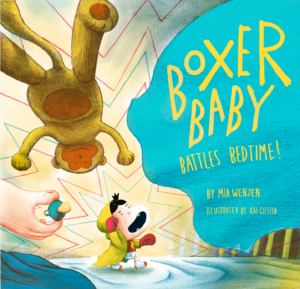 Amazon / Signed or Inscribed by Me
Amazon / Signed or Inscribed by Me
Food for the Future: Sustainable Farms Around the World
- Junior Library Guild Gold selection
- Selected as one of 100 Outstanding Picture Books of 2023 by dPICTUS and featured at the Bologna Children’s Book Fair
- Starred review from School Library Journal
- Chicago Library’s Best of the Best
- 2023 INDIES Book of the Year Awards Finalist
- Green Earth Book Award longlist
- Imagination Soup’s 35 Best Nonfiction Books of 2023 for Kids
Amazon / Barefoot Books / Signed or Inscribed by Me

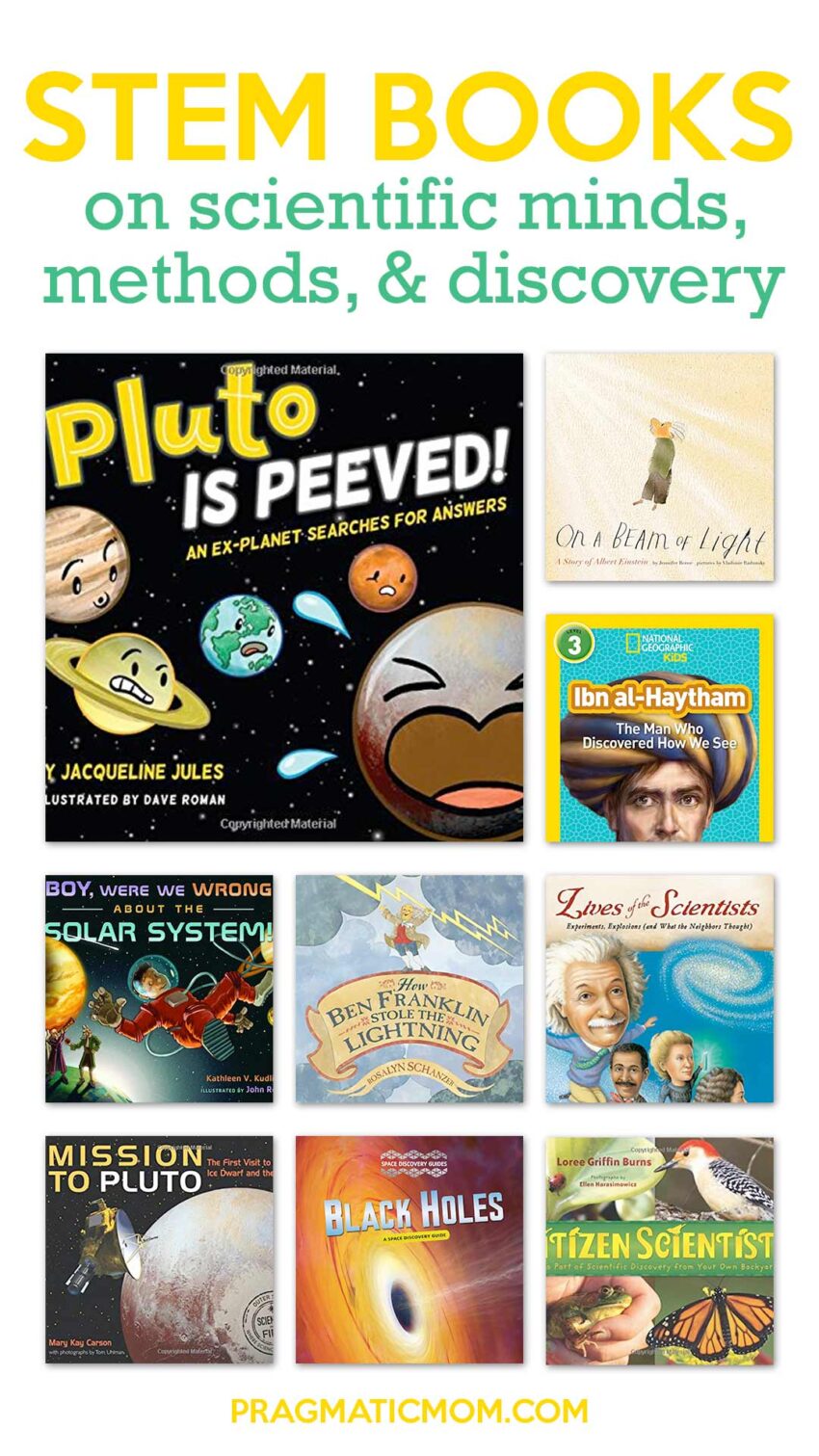
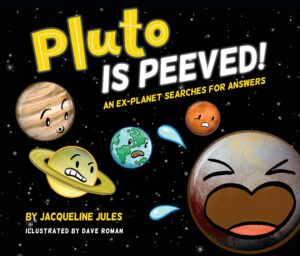
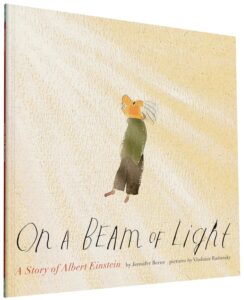
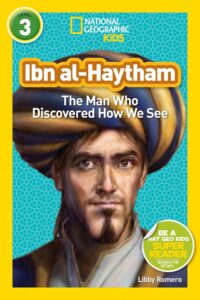
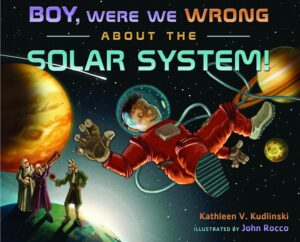

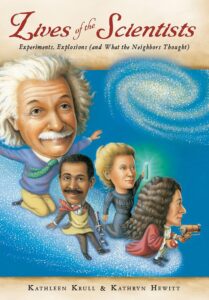

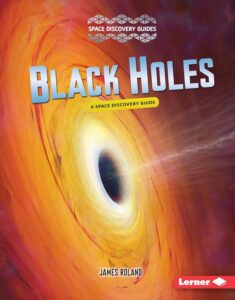
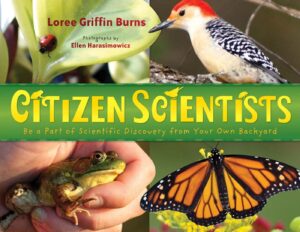
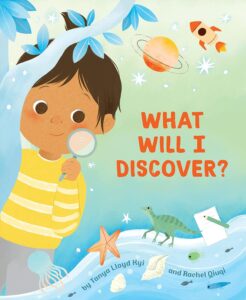
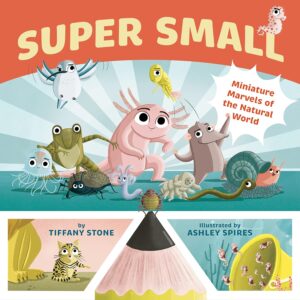
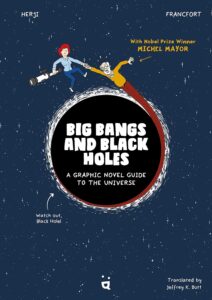
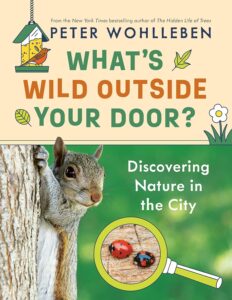

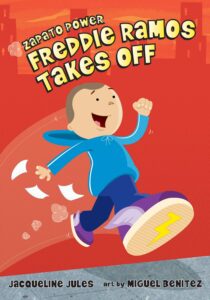
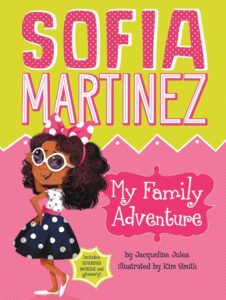
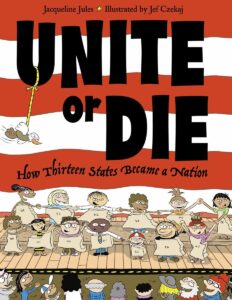
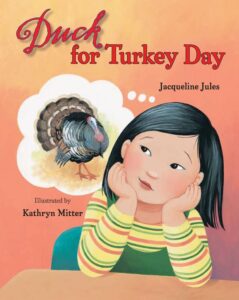
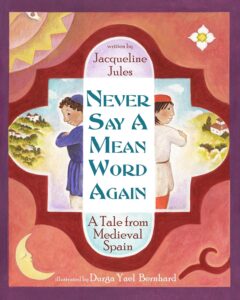
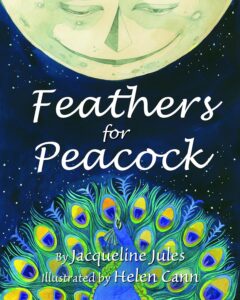
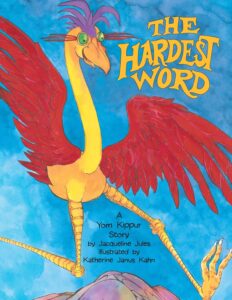
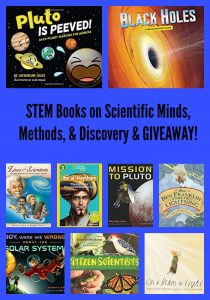

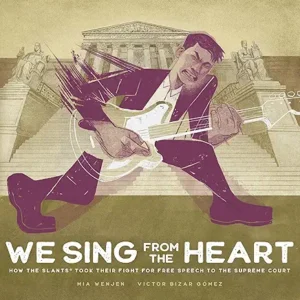
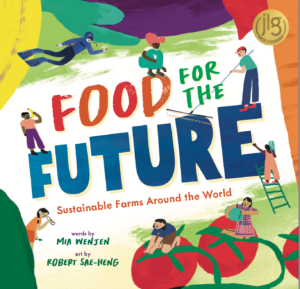
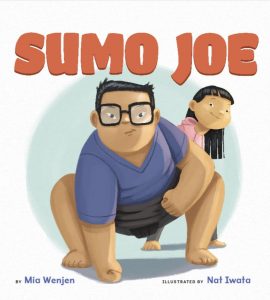
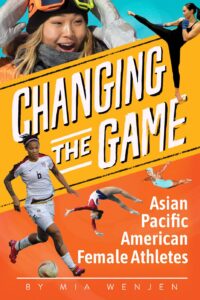
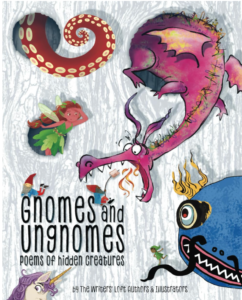
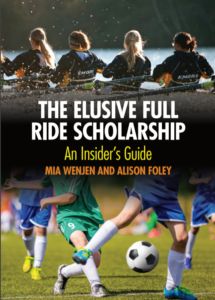
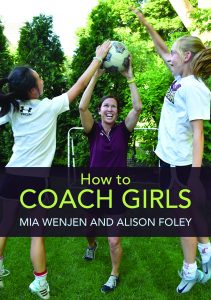
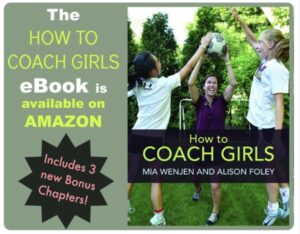
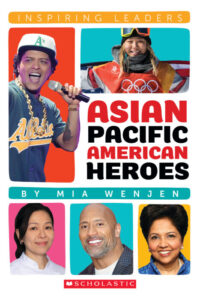

Love how the POV of this new PB draws readers in & makes us want to learn why poor Pluto is no longer a planet!
It was a shocker to learn that Pluto was no longer a planet and I’m glad to read more about how that went down.
ON A BEAM OF LIGHT is one of my favorite picture book biographies–it is so lovely!!
And Loree’s book is fantastic. Thanks for sharing these title, Jacqueline, and congrats on Pluto is Peeved!!
I liked On a Beam of Light too and it was fun to read about Pluto and the change of planetary status!
I don’t have any favorite STEM books right now – my daughter is outgrowing her STEM picture books so it’s great to have some new recommendations to check out!
I hope she finds some books she likes from this list. I have more STEM lists here: https://www.pragmaticmom.com/category/school-subjects/science-technology-engineering-math/
I love Cece Loves Science. by Vashti Harrison
Thanks for the great book rec Jennifer! I want to read this book. I’m a big fan of Vashti Harrison.
It is so imperative that we expose our school children to ALL types of Nonfiction Books! One of the many favorite books is Earth! My First 4.54 Billion Years by Stacy McAnulty. The kids love it! I also follow Melissa Stewart, a well know author and her blog. She really knows her stuff on nonfiction books! On A Beam of Light is a stunning book also. Would love to share Pluto is Peeved with my kids! Thanks for a great giveaway!
I’m a huge fan of Stacy McAnulty and Melissa Stewart too. We also like books by Anita Silvey, Nancy Castaldo, and Patrica Newman. Thanks for entering Jennifer!
we are blessed with a lot of books in our library that teach kids science. so many that its hard to pick but earth science and nat geo are some of my favorites.
Thanks for sharing Beverly!
We like Peg + Cat: The Pizza Problem!
I love the combination of math and story in the Peg + Cat series! Thanks for that great book rec Antoinette!
I believe parents need to expose children to Nonfiction material as often as they can. I see you have Citizen Scientists by Loree Griffin Burns on the list which I liked. I also recommend:
The Chimpanzees I Loved; Saving Their World and Ours by Jane Goodall
When The Wolves Returned: Restoring Nature’s Balance in Yellowstone by Dan and Cassie Hartman
Mammoths and Mastodons: Titans of the Ice Age by Cheryl Bardoe
Eyewitness Books and DK Publishing, along with Usborne have many excellent books.
I love your book suggestions Debra! Most of these books are new to me.
We don’t have any STEM or science books, but my 5 year old daughter LOVES science and I really think she would enjoy these books.
I love STEM through picture books!
Ruth Spiro’s board books, to which I was introduced on this blog, are my favorites for teaching kids STEM concepts. And I say this as the daughter of a chief chemist who took his p-chem very seriously and taught us a lot of scientific concepts in every day life from an early age. I wish I could do as well as our dad did. Ruth Spiro’s books would be a huge help!
I’m so glad that you learned about Ruth Spiro’s books here! That will make her so happy!!!
My favorite books for STEM for kids are Cardboard Box Creations and Cosmo Vol. 1. Thanks for the giveaway!
Thanks for your great book recs Christina!
I am so glad to see people still using actual books to teach children! Good giveaway!!!
Thanks Laura! I’m partial to paper books still!
I like the The Magic School Bus books.
Hi Lily,
I’m a huge fan of Magic School Bus books too. I like the TV show also!